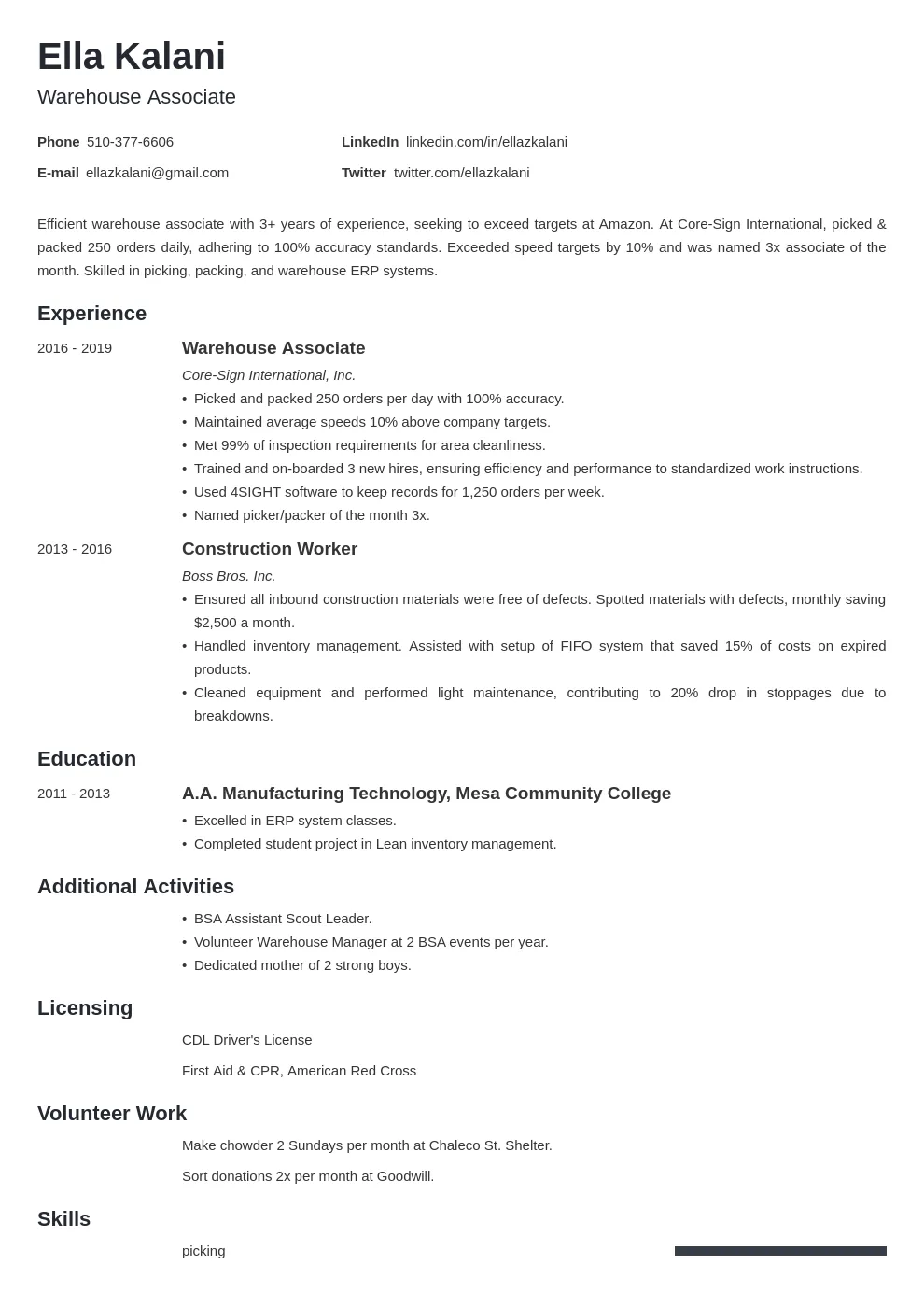Navigating the internal job market requires a strategic approach, and a well-crafted internal position cover letter is your most effective tool. Unlike external applications, internal applications often benefit from a deeper understanding of the company culture and your existing relationships. This guide will walk you through the essential steps to create a compelling cover letter that highlights your suitability for the desired role and increases your chances of securing an interview. By following these guidelines and incorporating the provided samples, you’ll be well-equipped to showcase your value and advance your career within your current organization.
Why an Internal Position Cover Letter Matters
While some might think an internal cover letter is less crucial, it’s actually more important. It provides an opportunity to reiterate your interest, elaborate on your qualifications, and demonstrate your commitment to the company. It shows your proactive nature and ability to communicate effectively. Furthermore, it allows you to present your application in a tailored way, highlighting the aspects of your experience and skills that directly align with the specific requirements of the internal position. It’s a chance to differentiate yourself from other internal candidates and make a memorable impression on the hiring manager.
Understanding the Internal Application Process
Before you even begin writing, familiarize yourself with your company’s internal application process. This includes understanding where to find job postings, how to submit your application (online portal, email, etc.), and the deadlines. Internal postings frequently provide specific instructions on what to include in your application, such as required documents (resume, cover letter, etc.) and any preferred formatting. Adhering to these instructions is critical, as it shows your attention to detail and respect for the company’s procedures. Additionally, be aware of any potential internal referral systems or internal networking that could assist your application.
Researching the Internal Position
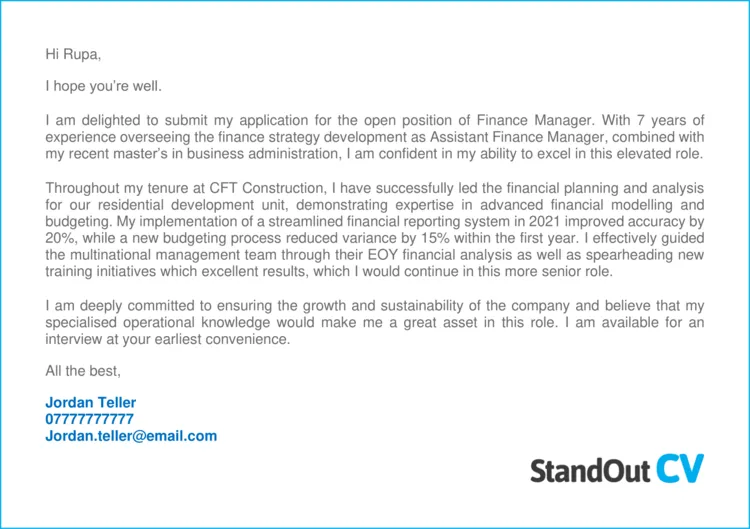
Thorough research is the bedrock of a successful application. Understand the role you are applying for. Use this opportunity to go deep to find out more about the position itself, the department, and the team you would be working with. This research informs your cover letter, allowing you to demonstrate your sincere interest and understanding of the position’s requirements. Explore the company’s internal resources, such as the intranet or employee directory. In addition, make an effort to speak with current employees in similar roles or in the target department to gain insights into their daily responsibilities, challenges, and the skills needed to succeed.
Analyzing the Job Description
The job description is your roadmap. Scrutinize it carefully, paying close attention to the required skills, experience, and qualifications. Identify the keywords and phrases used to describe the role’s responsibilities. These are the terms you should integrate into your cover letter to demonstrate how your skills and experience align with the position’s demands. Create a list of the key requirements and make sure you directly address each one in your cover letter. This demonstrates your commitment to meeting the needs of the role. Furthermore, consider the job description as a template, using its structure and language to guide the organization of your own letter.
Highlighting Relevant Skills and Experience
Once you have a clear understanding of the job description, focus on highlighting the skills and experiences that make you a strong candidate. Provide specific examples from your current or previous roles within the company that demonstrate your capabilities. If the job description requires project management skills, describe a project you led, outlining your responsibilities, the results achieved, and the skills you used (planning, organization, communication). If it calls for leadership skills, mention any team leadership experience. Make a clear connection between your past experiences and the requirements of the new position. Include any training, certifications, or professional development that aligns with the role.
Showcasing Achievements and Quantifiable Results
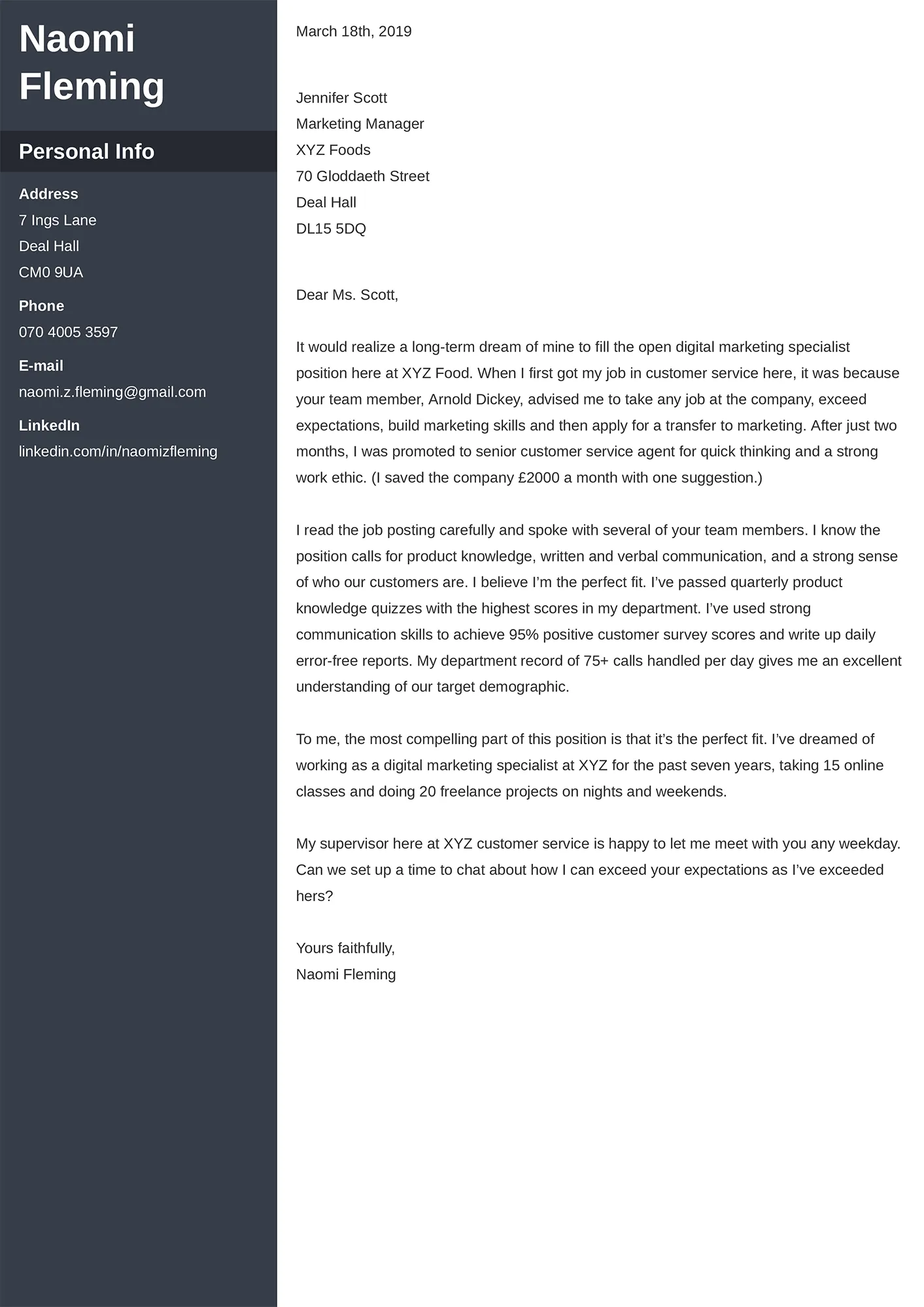
Don’t just list your responsibilities; quantify your achievements. Use numbers and data to demonstrate your impact within the company. This provides concrete evidence of your value and makes your cover letter more compelling. Instead of saying, “Managed social media accounts,” say “Increased social media engagement by 30% within six months, resulting in a 15% rise in lead generation.” Instead of saying “Improved customer satisfaction,” mention “Increased customer satisfaction scores by 10% through implementing a new customer service protocol.” Such figures show you are not just fulfilling your job, but also exceeding expectations.
Tailoring Your Cover Letter
A generic cover letter will not do. You must tailor your cover letter specifically for each internal position you apply for. This means customizing the content to reflect the unique requirements and responsibilities outlined in the job description. Avoid using a generic template. Instead, personalize your letter by referencing the company’s values, mission, and any recent initiatives that relate to the position. This demonstrates your genuine interest in the role and the company’s success. Make sure you clearly explain why you are applying for this specific position and what you hope to achieve in the role.
Structuring Your Cover Letter for Impact
Your cover letter’s structure is crucial for effectively conveying your qualifications. Adopt a clear, concise, and well-organized format. The letter should typically consist of an introduction, body paragraphs, and a conclusion. Each section should serve a specific purpose and contribute to your overall message. Use headings and bullet points to break up the text and make it easy to read. Aim for a professional and polished appearance. A well-structured cover letter ensures that the hiring manager can quickly understand your key skills and experience.
Crafting a Compelling Opening
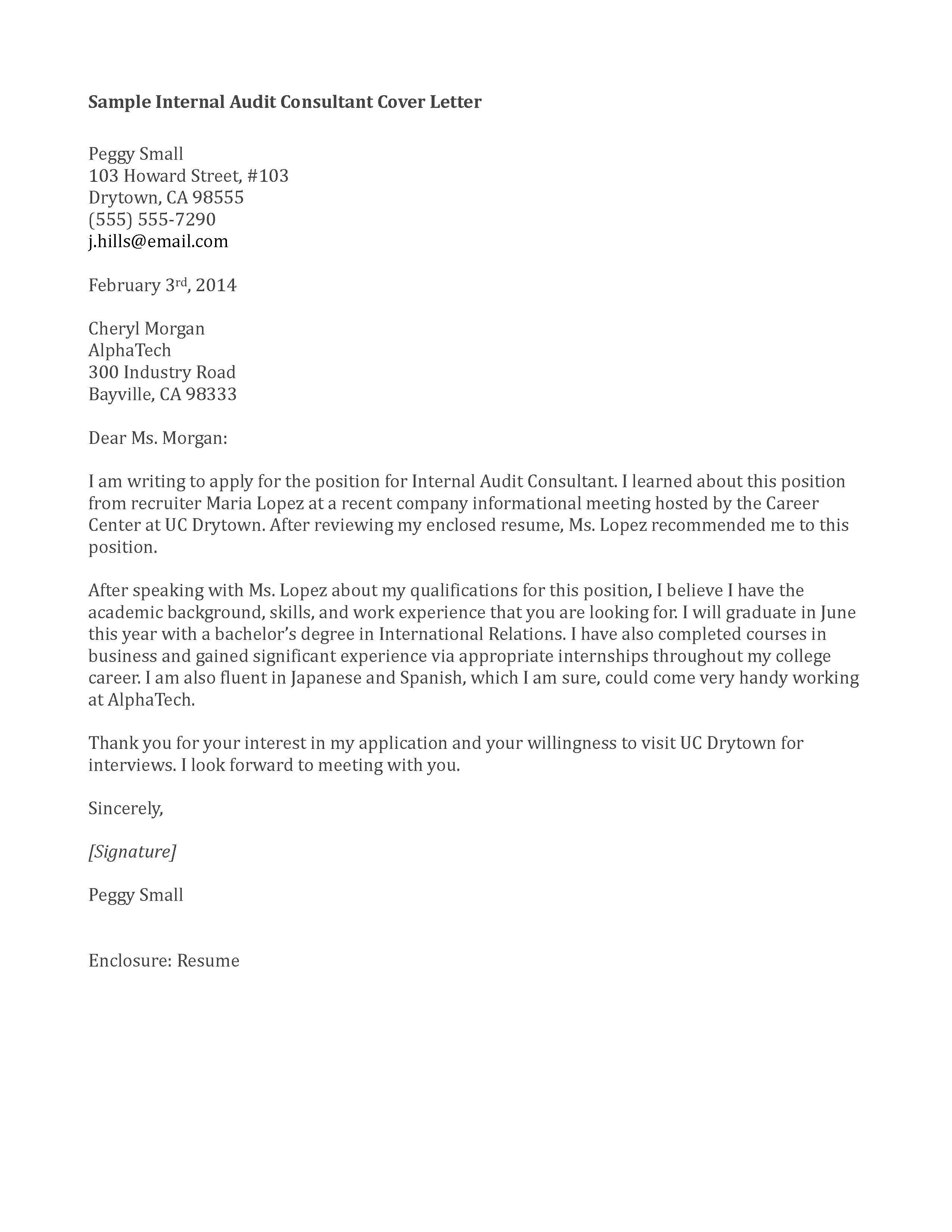
Your opening paragraph sets the tone for your entire cover letter. It should immediately grab the hiring manager’s attention and make them want to read more. Start by clearly stating the position you are applying for and where you saw the job posting. Then, briefly summarize your key qualifications and express your enthusiasm for the role and the company. Consider adding a statement about your long-term career goals and how this position aligns with your aspirations. Your opening paragraph is your chance to make a strong first impression and make the reader curious to learn more about your background.
Writing the Body Paragraphs
The body paragraphs form the core of your cover letter. Each paragraph should focus on a specific skill, experience, or achievement relevant to the job requirements. Use the STAR method (Situation, Task, Action, Result) to structure your examples. Describe the situation you were in, the task you were assigned, the actions you took, and the results you achieved. Keep each paragraph focused and concise, avoiding unnecessary details. Use strong action verbs to showcase your accomplishments. For example, you could write ‘Led a team of five…’ or ‘Developed and implemented a new training program…’ Use this section to demonstrate how your skills and experience align with the job description.
Demonstrating Company Knowledge and Alignment
Internal applicants have a unique advantage you should leverage: their existing knowledge of the company. In your cover letter, showcase your understanding of the company’s values, mission, and strategic goals. Mention specific projects, initiatives, or products that demonstrate your alignment with the company’s overall vision. Referencing your experience within the company and how it has shaped your understanding of the business further helps demonstrate your commitment and enthusiasm. Demonstrate that you have not only worked for the company but also understand its direction and culture, making you a valuable asset.
Highlighting Soft Skills and Teamwork
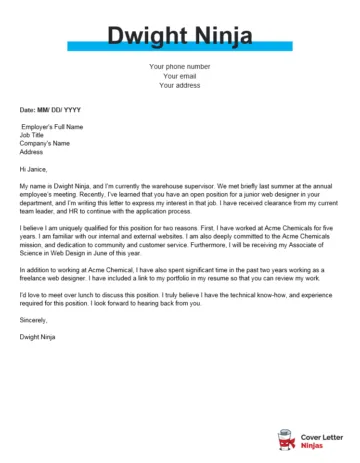
While technical skills are important, don’t overlook the value of soft skills. Highlight your abilities in areas such as communication, teamwork, problem-solving, leadership, and adaptability. Provide examples of how you have demonstrated these skills in your previous roles within the company. Showcasing these soft skills helps to demonstrate your compatibility with the company culture and your ability to collaborate effectively with colleagues. Employers highly value these abilities as they promote a positive work environment and successful team projects. When describing teamwork, mention any specific projects where you collaborated with other departments and the results achieved.
Using Action Verbs to Showcase Accomplishments
Action verbs are essential for creating a dynamic and engaging cover letter. They bring your accomplishments to life and make your application stand out. Start each bullet point or statement with a strong action verb to describe your accomplishments and contributions. Choose verbs that are specific and relevant to the job description. For example, instead of saying “Responsible for sales,” say “Increased sales by 15% within one quarter by implementing a new sales strategy.” Other examples of powerful action verbs include ‘managed,’ ’led,’ ‘developed,’ ‘implemented,’ ‘achieved,’ ‘streamlined,’ ‘collaborated,’ and ’negotiated.’ Using impactful action verbs will transform your cover letter from a passive description of responsibilities into a compelling story of achievements.
Writing a Strong Closing Statement
Your closing statement should reinforce your interest in the position and reiterate your qualifications. Express your enthusiasm for the opportunity and your commitment to the company. Reiterate the value you bring to the role, highlighting key skills or experiences. Clearly state your availability for an interview and provide your contact information. If appropriate, mention your willingness to discuss your application further. Finish your closing with a professional and respectful salutation, such as “Sincerely” or “Best regards.” Your closing is the last thing the hiring manager will read, so make it count.
Proofreading and Editing Your Cover Letter
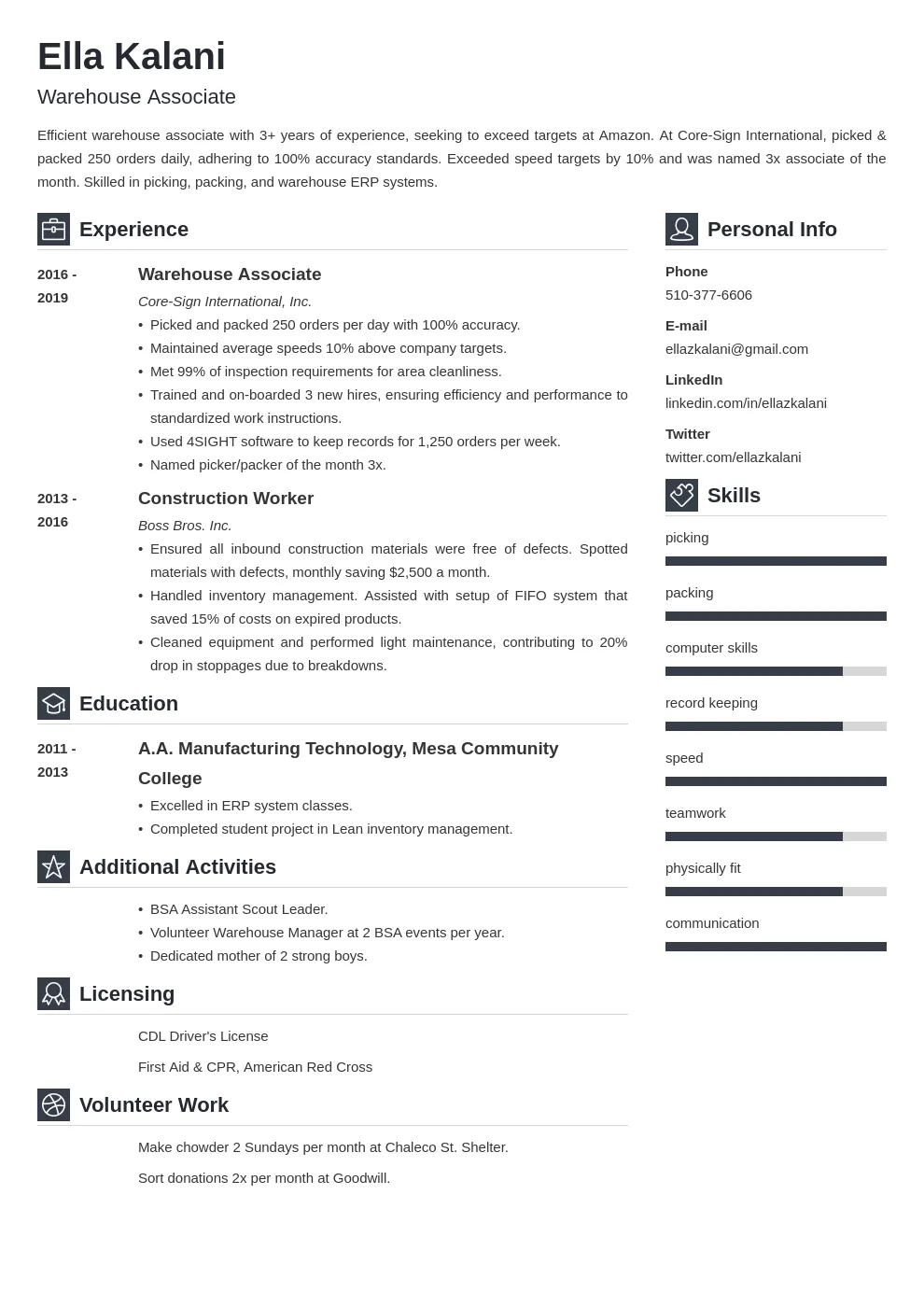
Thorough proofreading is essential. Typos, grammatical errors, and formatting inconsistencies can undermine your credibility and make a negative impression. Before submitting your cover letter, carefully read it several times, checking for any mistakes. Use spell-check and grammar-check tools, but don’t rely on them entirely. They may miss subtle errors or stylistic issues. Ask a colleague or friend to review your letter for a fresh perspective. They may catch mistakes you overlooked. Ensure your language is clear, concise, and professional. If you are not a strong writer, consider getting help from a professional editor or a career counselor to refine your letter.
Formatting Your Cover Letter Professionally
A well-formatted cover letter presents a professional image. Use a standard font, such as Times New Roman or Arial, and ensure your font size is easy to read (typically 11 or 12 points). Maintain consistent spacing and margins throughout the document. Use clear headings and bullet points to organize information and enhance readability. If you are submitting a physical copy, use high-quality paper. Ensure the layout is clean and visually appealing. A well-formatted cover letter shows that you pay attention to detail and are committed to professionalism.
What to Include in Your Cover Letter
Your cover letter should include the following essential elements: contact information, a professional greeting, the body of the letter, and a closing with a call to action. Each element plays a crucial role in conveying your qualifications and interest. Ensure that your contact information is accurate and up-to-date, including your full name, phone number, email address, and LinkedIn profile URL. Use a professional greeting, such as “Dear [Hiring Manager’s Name],” or “Dear [Department Name] Hiring Team,” if you know who the hiring manager is. The body should focus on your skills, experience, and achievements, while the closing should reiterate your interest and call to action.
Contact Information
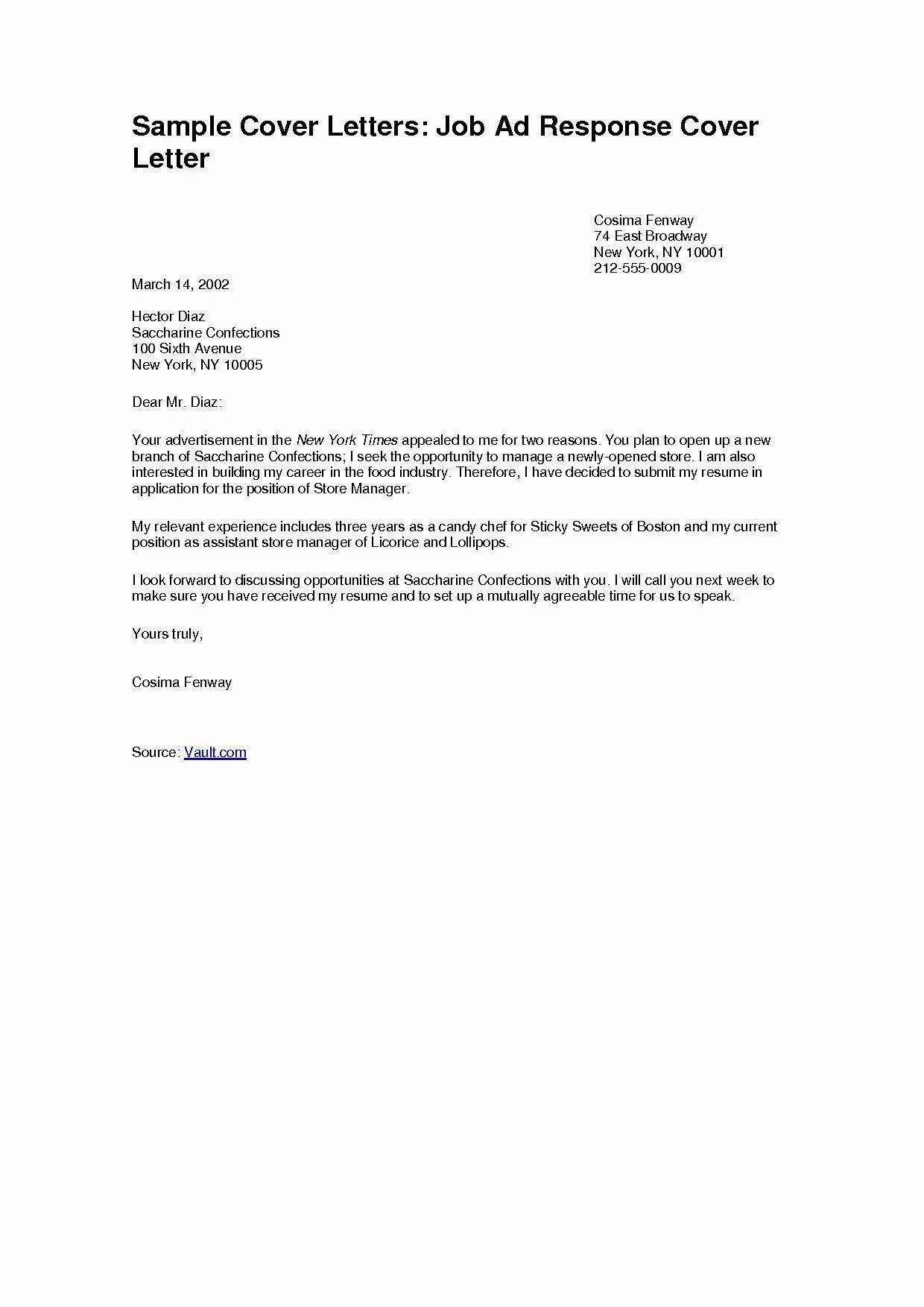
Begin with your contact information at the top of your letter. Include your full name, phone number, email address, and LinkedIn profile URL. Your address is optional, but including your LinkedIn profile is advisable as it provides the hiring manager with a link to your professional background.
Greeting and Salutation
Address the hiring manager or the hiring team with a professional greeting. If you know the hiring manager’s name, use it (e.g., “Dear Mr. Smith,”). If not, use a general greeting (e.g., “Dear Hiring Manager,” or “Dear Hiring Team,”). This shows that you understand business etiquette and have taken the time to personalize your letter.
Body of the Cover Letter
The body is the core of your cover letter, consisting of several paragraphs. The introduction should state the position you are applying for and your interest in it. The body should showcase your relevant skills and experience and give specific examples of your achievements. The concluding paragraph should reiterate your interest, summarize your key qualifications, and include a call to action.
Closing and Call to Action
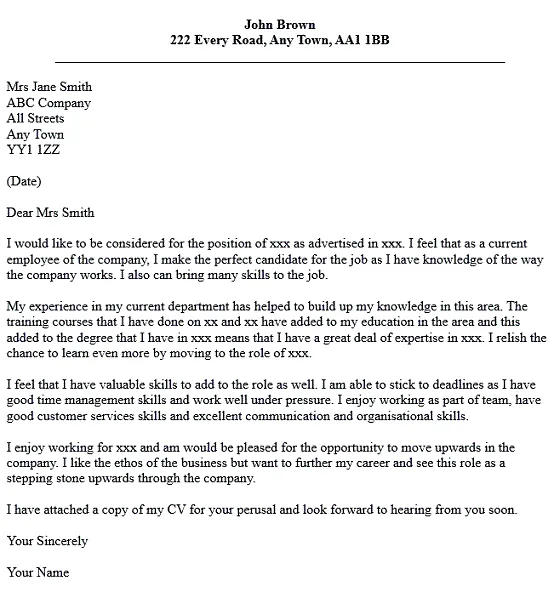
End your cover letter with a closing statement. Express your enthusiasm for the opportunity and reiterate your interest in the role. Provide your contact information and state that you are available for an interview. Use a professional salutation (e.g., “Sincerely,” or “Best regards,”) to end the letter. Then, proofread your cover letter one last time before submitting it.
Common Mistakes to Avoid
Avoiding common mistakes is crucial to a successful application. Make sure to write a cover letter that is not generic. Tailor your cover letter to the specific role and company. Do not just list responsibilities, but use data to showcase your achievements. Neglecting to proofread is a significant mistake. Always ensure your cover letter is free of typos and grammatical errors. By avoiding these common mistakes, you can significantly increase your chances of getting an interview.
Using Generic Language
Avoid using generic phrases and clichés that could apply to any job or candidate. Instead, use specific language that reflects your skills, experience, and the requirements of the role. Avoid phrases like “hard worker” or “team player.” Instead, provide concrete examples of your work. Make sure that the tone of your cover letter is professional, demonstrating your maturity and ability to communicate effectively. Using generic language makes it difficult to stand out, making the hiring manager quickly move on to the next applicant.
Failing to Tailor Your Letter
Do not use a generic template. Tailor your cover letter to each position. Customize it for each internal role you apply for. Read the job description, use its keywords, and explain why you’re a great fit. Emphasize the value that you would bring to the role. If your letter seems like it was written for another job, the hiring manager will immediately assume that you are not truly interested in their position.
Focusing on Responsibilities Instead of Achievements
Instead of simply listing your responsibilities, focus on your achievements and the results you’ve achieved in previous roles. Demonstrate the impact of your contributions by quantifying your accomplishments. Use data and examples to showcase your value. For example, if you managed a project, mention the project’s goals and the outcome. Include facts and figures to support your claims. For instance, state the percentage increase in sales, or describe how you improved customer satisfaction scores.
Neglecting Proofreading
Proofreading is extremely important. Errors in your cover letter can make you appear unprofessional and careless. Carefully review your cover letter for any spelling, grammar, or punctuation errors. Ask someone else to proofread your letter, as they might notice errors you have missed. A clean, error-free cover letter reflects your attention to detail and is essential for making a good impression. Using spell-check and grammar-check tools is useful, but they are not a replacement for careful review by yourself and another person.
Cover Letter Samples for Internal Positions
Reviewing sample cover letters can provide valuable insights and inspiration for creating your own. Study different examples and adapt them to your unique skills and experience. However, always make sure that you customize the sample to match the specific requirements of the job description. These samples are starting points and should be adjusted to your experience and the specifics of the role.
Sample 1 Marketing Role
This sample cover letter is for an internal marketing role within a company. It demonstrates how to highlight relevant marketing experience, quantify achievements, and showcase knowledge of the company’s marketing strategy. Focus on skills like content creation, campaign management, and social media engagement. The candidate can highlight successful marketing campaigns, increases in website traffic, or improvements in lead generation to show their achievements. Make sure to emphasize how your marketing skills align with the goals of the new role.
Sample 2 Project Management Role
Here’s a sample cover letter for a project management role that emphasizes experience in project planning, execution, and team leadership. The applicant can showcase project management methodologies, such as Agile or Waterfall, and provide examples of successful projects. Highlight any team leadership experience and success in managing budgets and timelines. For example, the candidate can showcase experience with tools such as Jira or Asana and focus on the successful delivery of projects on time and within budget.
Sample 3 Leadership Role
A sample cover letter for a leadership role will emphasize leadership experience, team management, and strategic thinking. The applicant can provide examples of leading teams, mentoring team members, and driving change. Highlight the candidate’s ability to develop and implement strategies. Mention any leadership training or certifications, such as a PMP certification. Provide specific examples of how you have inspired teams, developed a positive work environment, and achieved key business objectives. Make sure to highlight accomplishments related to team performance and company goals.
Key Takeaways for Success
Remember that a strong internal position cover letter demonstrates your interest, highlights your qualifications, and increases your chances of securing an interview. Thoroughly research the role, tailor your letter, showcase your accomplishments with data, and proofread carefully. This approach shows your dedication and makes you stand out from other candidates. A well-crafted cover letter is a key to career advancement within your company. By following this guide and incorporating the tips and samples, you will be well on your way to landing the internal position you desire. Take advantage of the opportunity to highlight your knowledge and experience within the company and demonstrate your commitment to its success.
Following Up on Your Application
After submitting your application, following up can demonstrate your continued interest and professionalism. Within a week to ten days after the application deadline, send a brief follow-up email to the hiring manager or the contact person listed in the job posting. Reiterate your interest in the position, briefly restate your qualifications, and inquire about the status of your application. Keep the email concise and professional, thanking the hiring manager for their time and consideration. This follow-up shows initiative and demonstrates your ongoing interest in the role.
